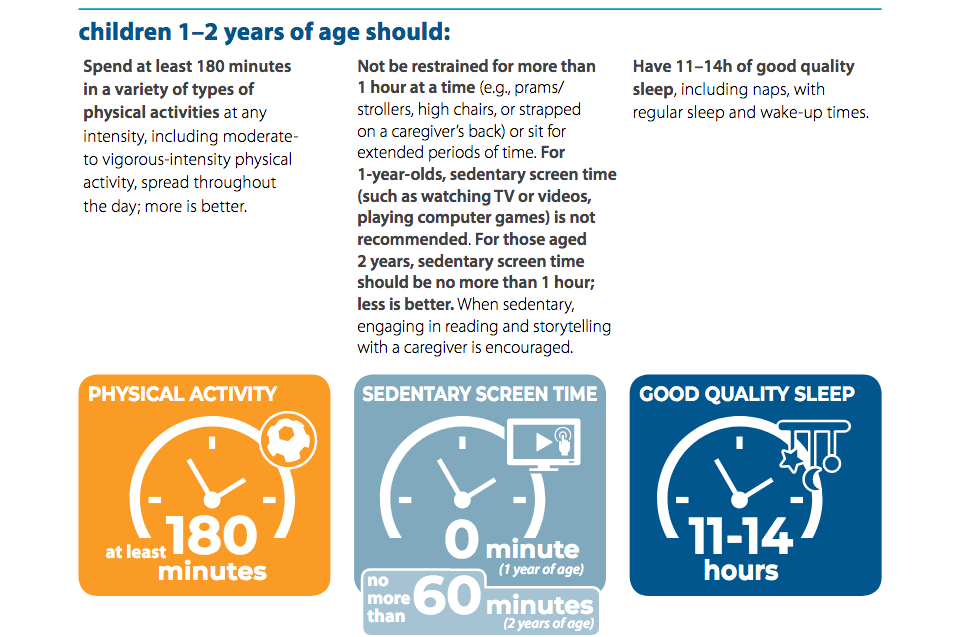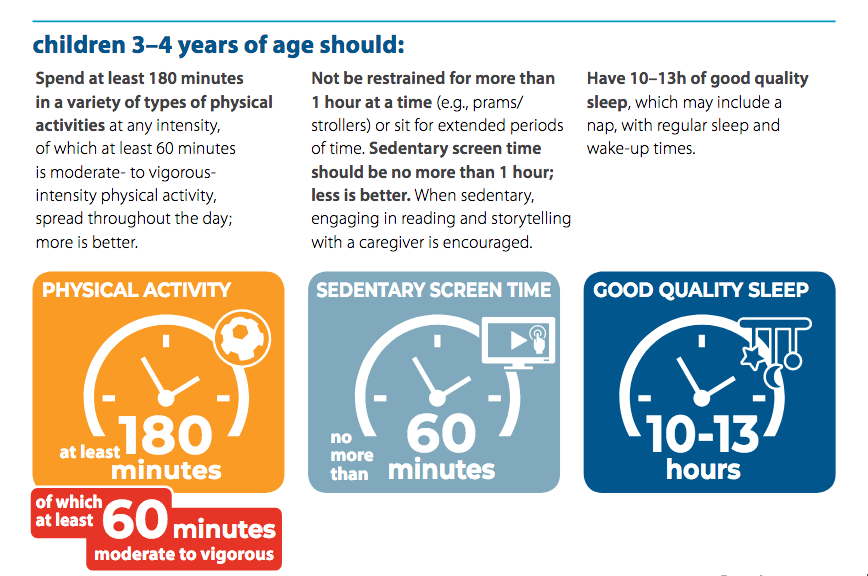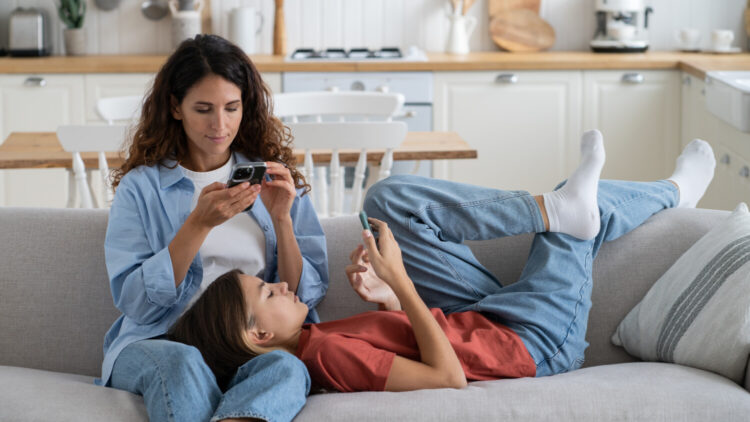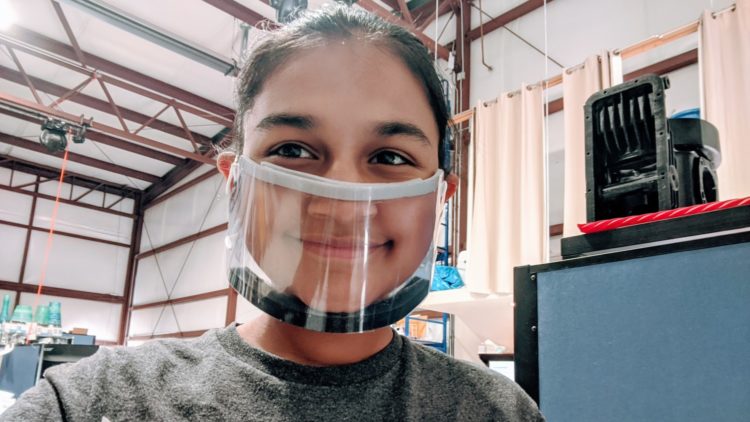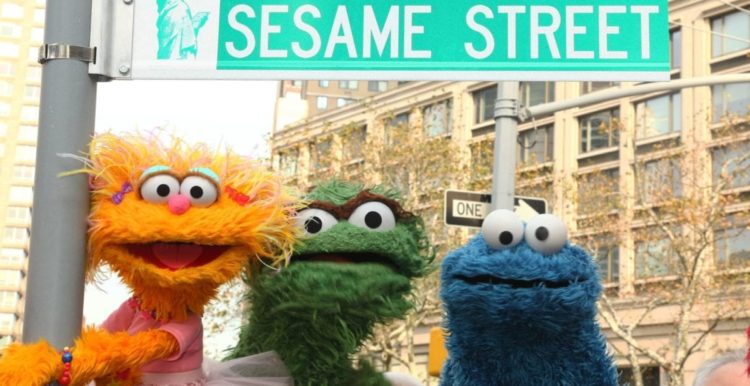The World Health Organization issues strict new guidance on screen time for babies
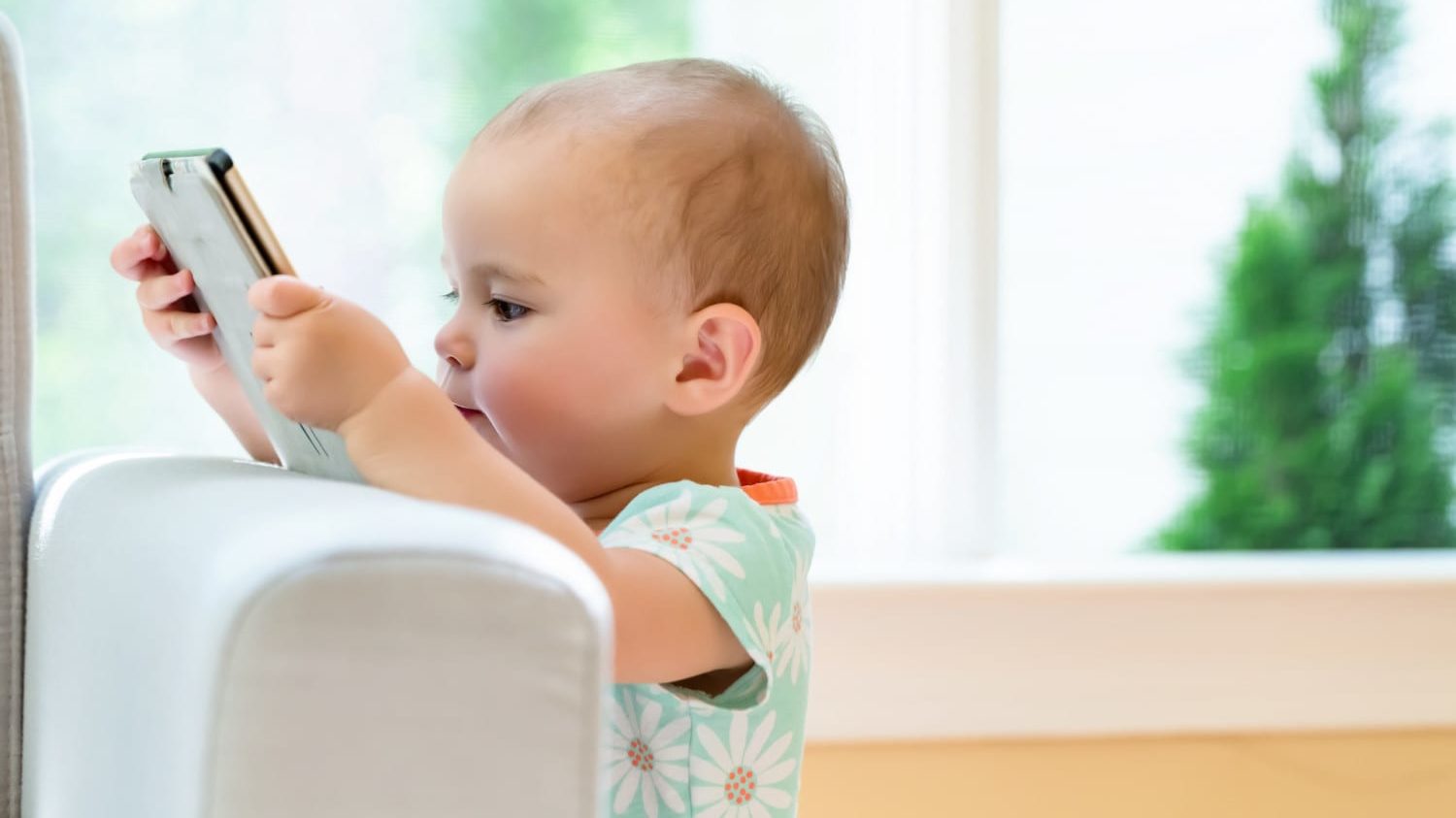
The more we learn about the effects of screen time, the more concerning our 24/7 digital lifestyle becomes. Excessive screen time is detrimental for all ages, but we’re continually finding out that it’s especially dangerous for developing minds. It’s gotten so serious that the World Health Organization (WHO) has shared its first-ever set of guidelines on screen time for young children.
The WHO says babies should be screen-free during their first year and have only minimal screen access in their second year. When they’re a bit older, as toddlers up to age five, they can have up to one hour per day in front of a screen.
Screen Goals
Such limited screen time seems nearly impossible for busy parents who, understandably, rely on digital devices for connecting with long-distance relatives, getting a moment of peace, or helping with their children’s education and development.
The new guidelines come on the heels of an expanding body of research on the effects of screens on early childhood development. Additionally, the Commission on Ending Childhood Obesity raised concerns about sedentary behavior in a 2016 report.
Healthy Habits
As a result, the guidelines aren’t just about limiting screen time. They also include recommendations for physical activity and sleep habits. Namely, sit less and play more. The report recommends that infants up to a year old should get 30 minutes of physical activity time, while children aged 1-4 should be active for 180 minutes per day.
“Achieving health for all means doing what is best for health right from the beginning of people’s lives,” WHO Director-General Tedros Adhanom Ghebreyesus said in a statement. “Early childhood is a period of rapid development and a time when family lifestyle patterns can be adapted to boost health gains.”
Ideally, those lifestyle patterns include ample physical activity, consistent sleep, plenty of social interaction and minimal exposure to digital devices.
In the Real World
However, the new guidelines may not be effective in changing parents’ behavior or children’s use of devices. Instead, critics say manufacturers can make a difference by adding functionality that discourages excessive use and encourages healthy digital habits.
The American Academy of Pediatrics seems to understand that disconnect. In fact, the organization offers guidelines with a bit more flexibility that align better with a more realistic modern family lifestyle. These guidelines do allow for babies to video chat and toddlers to watch educational videos. The organization also provides a tool to help families develop a media plan.
“Some media can have educational value for children starting at around 18 months of age, but it’s critically important that this be high-quality programming, such as the content offered by Sesame Workshop and PBS,” the AAP said in a policy statement. “Parents of young children should watch media with their child, to help children understand what they are seeing.”
What are your initial reactions to the WHO’s new guidelines? Will this change how much screen time you give your kids?


